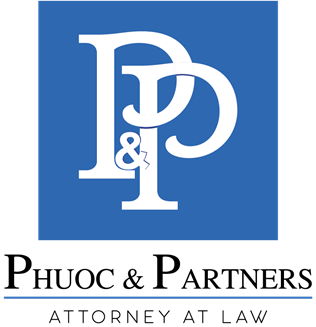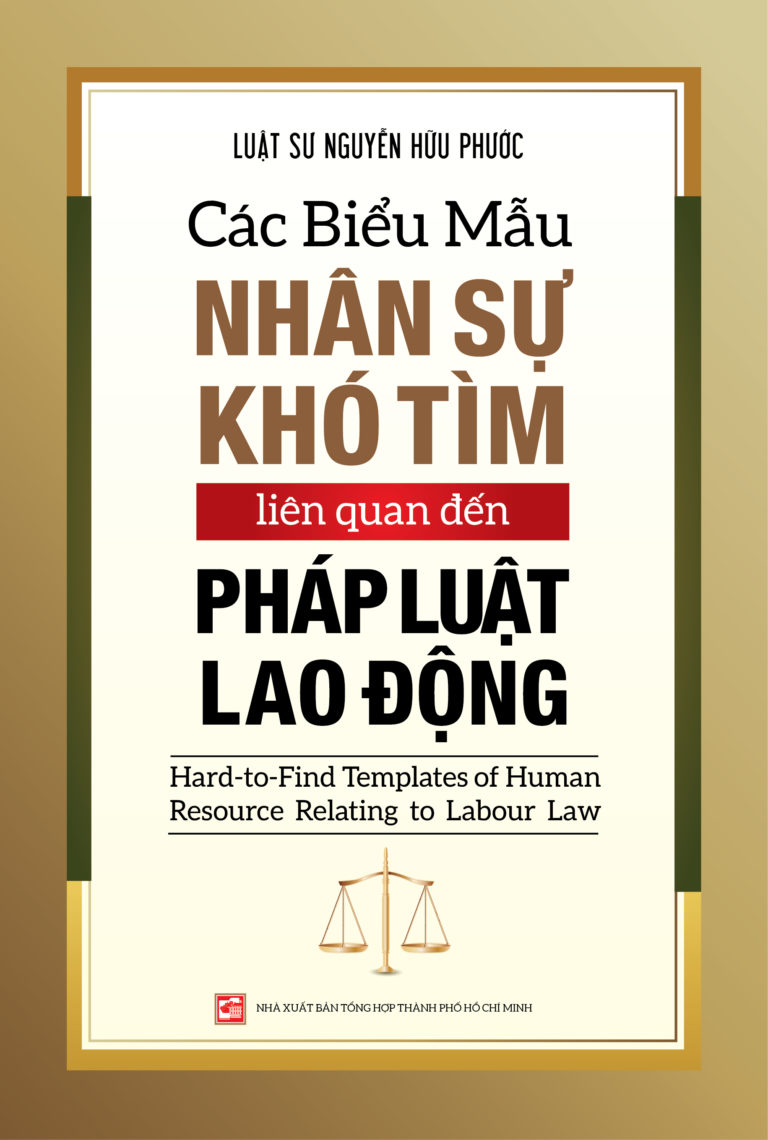Confronting Intellectual Security Risks and How to Mitigate Such Risks
In the current digital age, the issue of security of intellectual property rights has become an increasingly significant challenge for both individuals and organisations. The advancement of information technology has opened up great opportunities for information exchange and creativity, yet simultaneously brought about increasingly complex risks such as intrusion, copyright infringement, and other forms of intellectual property violation. In this context, understanding and confronting these risks has become an urgent requirement not only for individuals but also for enterprises operating in the market. Therefore, questions related to confronting Intellectual Security Risks and How to Mitigate Such Risks have become topics of significant interest.
-
Risks arising from employee management
Within every enterprises, managing human resources to safeguard intellectual property assets is a top priority. Intellectual property assets may include trade secrets, technology secrets, or other exclusive information of enterprises. Risks can arise when employees disclose this information, whether during their employment or after leaving the company. This underscores the urgent need for enterprises to implement stringent security measures and personnel management to confront intellectual security risks and have methods to mitigate such risks related to information disclosure and protect intellectual property assets.
To address these inherent intellectual property risks, enterprises need to establish specific procedures to enhance employees’ awareness of intellectual property ownership. This may involve providing training and guidance to employees regarding intellectual property rights and security measures. By clarifying the ownership rights and responsibilities of each individual regarding intellectual property assets, enterprises can cultivate a working environment in which employees understand and respect security regulations. By promoting awareness and responsibility among employees for safeguarding intellectual property assets, enterprises can minimise risks and better protect their valuable assets.
To address these potential intellectual property risks, enterprises need to establish procedures to enhance employees’ awareness of intellectual property ownership. This may involve providing training program to employees regarding intellectual property rights and security measures. By clarifying the rights and responsibilities of each individual regarding intellectual property assets, enterprises can cultivate a working environment in which employees understand and respect regulations on intellectual property security. As a result, enterprises can also minimise risks and better protect their valuable assets.
Specifically:
- For new employees: Enterprises may require them to sign a confidentiality agreement confirming that employees will not use or disclose any trade secrets or other exclusive information of enterprises without written permission, even after leaving the company.
- For employees working at the company: Enterprises may require them to acknowledge that any products, which is created by employees during their employment, will be owned by the company. This can be established through agreements in labour contracts or agreements on intellectual property protection. Such provisions help enterprises protect their intellectual property rights and ensure that assets created in the workplace are owned by the company as well as under its control.
- For employees leaving the company: Enterprises should request the return or deletion of any copies or storage of intellectual property assets owned or controlled by the employee upon termination of labour contract to ensure that the employees will not use or disclose such intellectual property assets..
- In addition, enterprises also need to secure all work computers, hard drives, and removable storage devices used by employees; identify any inappropriate activities of employees such as: deleting files, forwarding or downloading documents in the days leading up to the employee’s departure from the company, etc.
-
Risks of not consulting with intellectual property experts
To save costs, many enterprises choose a do-it-yourself approach to intellectual property. Particularly for nascent enterprises, due to the scarcity of initial resources, founders often undertake all tasks including tasks even though they lack the capability (or experience) to handle them. This method is deemed most cost-effective initially, but in most cases it brings the enterprises the highest risk.
To mitigate risks and optimise intellectual property management, new enterprises should consider consulting experts in intellectual property. This will help them gain a clearer understanding of their needs and necessary solutions from the outset. By doing so, enterprises can plan more accurately and efficiently, thereby minimising risks and optimising the value of their intellectual assets.
-
Risk of not determining the types of intellectual property and the protection mechanism
Enterprises, whether operating domestically or internationally, need to have a clear understanding of their intellectual property assets and the mechanisms to protect such assets for confronting intellectual security risks and having methods to mitigate such risks.
The law of Vietnam, as well as many other countries in the world, acknowledges the importance of protecting intellectual property rights, including copyright and rights related to copyright, industrial property rights, rights to plant varieties, with each subject having different protection mechanisms such as automatic protection, protection through registration with State authorities, or protection through the usage process. However, for intellectual property assets without established protection mechanisms in the law, enterprises need to implement their own protection measures. Especially in international commercial contracts, where security provisions are necessary to ensure the safety of the information contained in such contracts.
For example, in trademark license agreements, enterprises permit a foreign entity to use its intellectual property rights within a specified time limit and geographic area in exchange for a lump-sum fee or periodic payments. Licensing agreements often be technology transfer agreements, allowing for manufacturing or distributing products. However, there is an important aspect that many enterprises dismiss in licensing agreements, which is ensuring that the industrial property subject matter has been registered for protection in the home country. In principle, the right to use industrial property subject matter arises when it is registered for protection. Therefore, a licensing agreement will be effective only if the protection term of the industrial property right is still valid. In cases where the industrial property subject matter has been applied for registration but has not been granted certificates or has expired without extension, the agreement must clearly stipulate the rights and responsibilities of the parties in maintaining the validity of the industrial property protection certificate and the validity of the agreement.
-
Risk of not understanding about national and international intellectual property legal systems
A common mistake that many enterprises, including large enterprises, may encounter is assuming that registering intellectual property rights in their own country equates to their intellectual property being protected worldwide. The enterprises confront intellectual security risks and lack of methods to mitigate such risks when they arise. It is not until conducting business activities abroad and encountering acts of infringement and then requesting handling by competent authorities such enterprises realise that their trademark or industrial design has not been internationally registered.
Kindly note that one of the characteristics of intellectual property rights is territoriality, which means that a certificate issued by the competent authority of a country is only effective within the territory of such country. Furthermore, intellectual property laws of countries around the world, although having some similarities (countries are members of the TRIPs Agreement), may still apply different registration procedures and protection mechanisms. For example, in the United States, patents are granted based on the principle of “first-to-invent,” whereas most other countries grant patents based on the principle of “first-to-file.” Similarly, in trademark registration, alongside the “first-to-file” principle applied by other countries, the United States also recognises the “first-to-use” principle.
To avoid unwanted risks and legal disputes, enterprises should consult with intellectual property experts to understand the registration process and protection mechanisms for intellectual property rights in the countries where they intend to operate. This will enable enterprises to take necessary measures to protect their intellectual property globally in the most effective and accurate manner possible.
It can be affirmed that the management and protection of intellectual property plays an equally important role in the management of business activities of enterprises. With the continuous advancement of technology and intensifying competition in the global business market, the risks of intellectual property security breaches are unavoidable. Therefore, being aware of the ability to Confront Intellectual Security Risks and How to Mitigate Such Risks is not only an important factor for the success of enterprises but also an indispensable part of building a sustainable foundation for future development.
The above is an overview of Confronting Intellectual Security Risks and How to Mitigate Such Risks. If you have difficulties in finding a Law Firm to advise and support in the relevant legal field, please contact us. Phuoc & Partners is a professional consulting firm established in Vietnam and currently has nearly 100 members working in three offices in Ho Chi Minh City, Hanoi and Danang. Phuoc & Partners is also rated as one of the leading consulting firms specialising in business law in Vietnam that has leading practice areas in the legal market such as Labour and Employment, Taxation, Merger and acquisition, Litigation. We are confident in providing customers with optimal and effective service.










